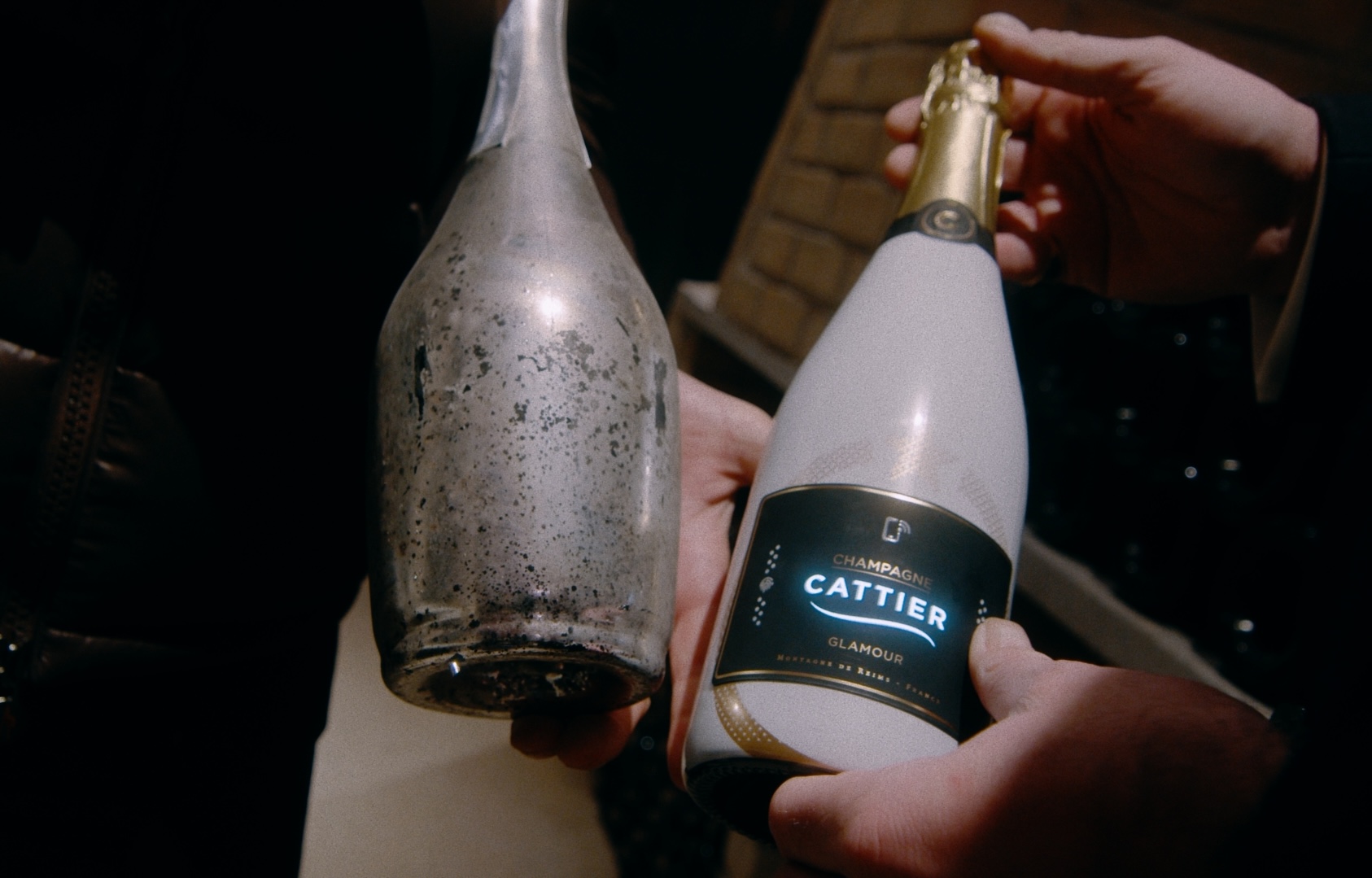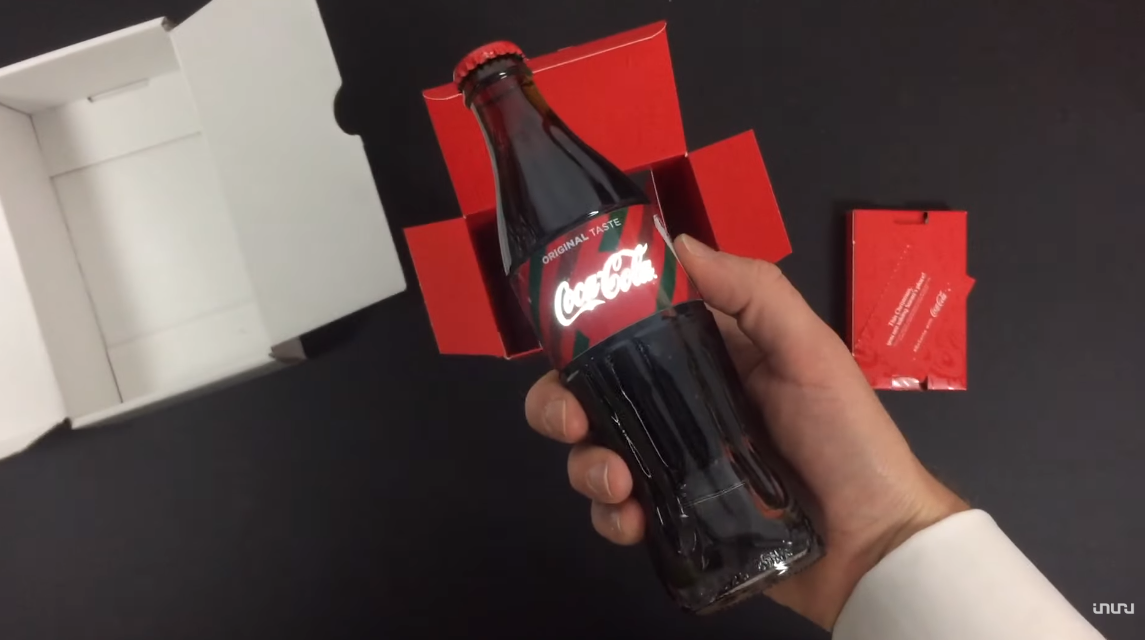Sensory packaging is packaging designed to engage one or more human senses such as sight, touch, sound, or scent beyond standard visual graphics. By adding interactive or tactile elements, it creates a memorable and emotionally engaging product experience that captures attention and increases perceived value.
The consumer’s first contact with a product often happens through its packaging, not the product itself. In a retail environment filled with visual noise, sensory interaction offers a new way to stand out. Packaging doesn’t just protect and hold the product it communicates brand identity, quality, and value before the consumer ever opens it. Sensory interaction transforms packaging from a passive container into a multisensory experience, giving brands a powerful tool to influence perception, increase engagement, and shape purchase behavior.

Sensory cues shape perception and product evaluation
Research shows that when consumers touch or handle packaging, their perception of the product inside can change even if the product itself is unchanged. In a controlled experiment, participants tasted the same beverage packaged in plastic, aluminium, or glass containers; their evaluations of taste and quality varied significantly based on the packaging material alone. This illustrates how tactile interaction, a simple sensory cue, can alter perceived quality, flavor expectations, and emotional response.
Multisensory packaging increases purchase intention
A study comparing traditional packaging to multisensory versions (e.g., with additional tactile or scent cues) demonstrated that sensory interaction significantly increases consumers’ willingness to buy particularly for new brands or products in a crowded market. This effect tends to be stronger in offline environments (brick-and-mortar stores), where touch, motion, and real-world interaction are possible. For many products, cosmetics, beverages, luxury goods, this can be a decisive factor in the “first impression → purchase” funnel.
Visual design influences brand experience and buying decisions
Beyond tactile cues, visual elements such as color, logo placement, and layout remain fundamental. A large-scale study among tea-bag consumers showed that visual packaging elements like colour harmony, graphics, and layout significantly shape brand experience, which in turn mediates purchase intention. This demonstrates that even before touch or interactivity, basic design decisions meaningfully influence consumers’ product perception and willingness to buy. Combining those design elements with sensory features (light, texture, activation) amplifies this effect.
Interactive and illuminated packaging adds novelty, visibility and memorability
In a modern retail shelf, especially for premium or experiential products (beverages, cosmetics, limited editions), standing out visually and emotionally is essential. Packaging that includes motion, light, or touch-activation offers a unique, memorable moment of discovery. According to sensory-marketing theory, engaging more senses increases emotional arousal, brand attachment, and perceived value. This “wow effect” can be especially valuable for limited-edition releases, gifting products, or premium positioning, where the packaging experience becomes part of the product’s story.

Bridging online and offline - using sensory cues to differentiate in a digital-heavy world
As many brands expand into e-commerce, they lose the natural multisensory interaction that in-store shopping offers. Sensory packaging can help bridge this gap: consumers who encounter a product online may later appreciate an added layer of engagement when unboxing at home: texture, light, or motion can reintroduce a physical, sensory dimension. Research comparing online-only vs offline multisensory packaging found that multisensory versions significantly increase purchase intent and brand affinity.
In short: sensory interaction isn’t a gimmick - it’s a strategic lever. For brands willing to invest in interactive or illuminated packaging, it can create a real competitive advantage, increase perceived quality, and build stronger relationships with customers.
1. Touch-based interaction - touch is one of the most immediate ways to connect with a product. It can include:
Touch encourages physical engagement and helps shape first impressions of quality.
2. Motion-triggered interaction - packaging that responds to movement increases curiosity and creates a “living” effect. Examples include:
Motion-responsive packaging enhances shelf visibility and delivers a surprising, premium feel.
3. Light-based interaction - Light adds an emotional dimension that pure print cannot replicate. Unlike static design, illuminated elements introduce:
Light transforms packaging into a storytelling surface, reinforcing brand identity and increasing consumer recall.
Emotional engagement arises when a consumer feels something during an interaction - curiosity, nostalgia, excitement, comfort, surprise. Touch, motion, and light each stimulate different emotional pathways:
Touch creates a sense of closeness and authenticity. When consumers physically interact with packaging, feeling texture, softness, warmth, or activation, they subconsciously evaluate the product as more trustworthy and higher in quality. Tactile cues activate the brain’s somatosensory system, making the encounter more memorable and influencing expectations before the product is even used.
Motion introduces surprise and curiosity. When packaging responds to movement by illuminating, shifting patterns, or triggering subtle animation — it creates a feeling of “aliveness.” This unexpected reaction captures attention, triggers micro-moments of delight, and enhances the sense of discovery. In neuroscience, these small moments of novelty activate dopamine pathways, which reinforce positive associations with the brand.
Light adds emotional depth and atmosphere. Different colours and intensities influence mood: warm light evokes comfort and nostalgia, cool light suggests technology and purity, and dynamic sequences create excitement. Because human vision is highly sensitive to luminosity changes, even a small illuminated element can shape how the entire product is perceived.
When combined, touch, motion, and light create a multisensory loop that strengthens emotional resonance. Each interaction adds another layer of meaning:
Together, they turn packaging into an experience rather than a container, creating a lasting impression that stays with the consumer far beyond the point of purchase.
Integrating sensory elements does not require a complete redesign. Most brands start with a single illuminated detail: a glowing symbol, a soft pulse behind a logo, or a delicate light that activates only when touched. This approach allows them to test the effect on perception without committing to a full structural change.

Touch-based enhancements are another accessible entry point. Textures, micro-embossing, soft-touch coatings, or areas designed specifically to be felt invite consumers to interact with the product. These subtle cues often change the way the entire package is perceived.
Light-triggered or motion-activated interactions can be introduced gradually. For example, a label may light up only when the bottle is lifted. These moments of gentle surprise leave a strong impression without complicating the user experience.
Most brands choose to begin with prototypes. Prototyping reveals what truly resonates with consumers: which elements draw attention, how bright the illumination should be, and what kind of interaction feels intuitive. After this exploration phase, brands refine the concept and scale only the features that deliver meaningful impact.
The key is alignment. Sensory cues should support the brand story rather than overshadow it. When light, texture, and motion reinforce existing meaning, the experience feels natural and authentic.
As sensor technology, printed electronics, and ultra-thin lighting continue to advance, packaging is moving toward responsiveness. What is now considered innovative: labels that glow on touch, respond to movement, or animate will soon become part of a broader shift in how packaging behaves.
Future packaging will adapt to its environment. A label might brighten in low light, dim in daylight, or pulse gently when a shopper’s hand approaches. Patterns may animate as the product is lifted, or reveal hidden accents only when touched. These interactions will feel seamless rather than technological.
Sustainability is playing a significant role in this evolution. Thin-film lighting and printed electronics require far less material than traditional solutions, supporting lighter packaging and reduced waste. As recyclable structures improve, the combination of sustainability and sensory experience will become far more achievable.
Personalization will also grow. Packaging that responds uniquely to each interaction, lighting up a specific element, showing a momentary pattern, or creating a subtle glow, will help brands create deeper emotional ties with consumers.
In this future, packaging is no longer passive. It becomes expressive, adaptive, and integrated into a wider ecosystem of digital and physical touchpoints.
Sensory packaging redefines how consumers encounter and remember products. By combining touch, motion, and light, it turns packaging into a meaningful experience rather than a simple container. These sensory cues spark curiosity, elevate perceived quality, and create emotional moments that stay with the consumer long after the purchase.
As technology continues to evolve, particularly thin, flexible, printed solutions like OLEDs, these experiences will become more accessible. The brands that experiment now will shape the next generation of packaging: one that is more dynamic, responsive, and emotionally engaging. Packaging is no longer something consumers simply see. It is something they feel, discover, and remember.
The future of packaging is responsive - let’s build it together. Contact us to get started.
SOURCES:
(4)https://www.mdpi.com/2076-328X/15/2/181
(6)https://www.inuru.com/post/oled
(7)https://www.eurovetrocap.com/en/sensory-packaging-designing-the-shopping-experience/
(8)https://lbbonline.com/news/the-power-of-sensory-packaging-engaging-more-than-just-sight
(9)https://www.pack.ly/de/blog/beitrag/marketing-and-the-senses-multi-sensory-packaging-design